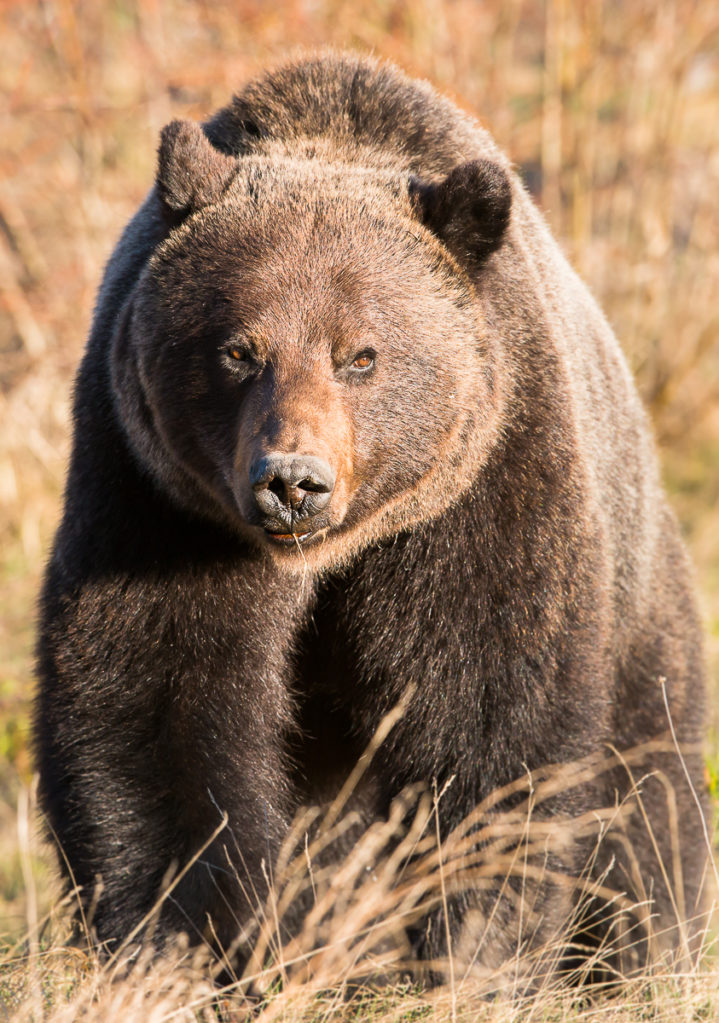Estimated Read Time: 7 minutes
Squirrel it away
They might be cranky and eccentric, but few steward a healthy forest ecosystem better than the red squirrel.
You might have heard: There is this new federal government program to plant two billion trees over ten years to help nature help us with a few environmental problems we’re facing.
But it’s not really a new program – at least if you’re a squirrel.
They’ve been planting millions of trees a year for free for millennia and one eccentric species – the red squirrel – might be the best forester of them all because it (not willingly) goes the extra mile for the forest and their neighbours.
Why do I say that?
Take the northern flying squirrel. Sure, it can distribute tree seeds far and wide because it can fly…except, actually, it can’t. Bats have flying trademarked amongst mammals; the flying squirrel can just glide. (Such a terribly misleading name, not really the flying squirrels’ fault, but alas.)
Red squirrels? They can jump. And thanks to a tail that is about as long as their body, it acts like a plane’s rudder and helps them jump far – like as far as some squirrels might ‘glide’. They also can descend trees headfirst (to get to seeds faster?) which is completely unrelated, but neat because few other animals have that skill.
Oh, wait, the red squirrel’s main predator has those same skills? Okay, well, how about this:
In any given year, a red squirrel might eat 20,000 tree cones. They amazingly know to focus their efforts on cones that pack the most energy first and because of their strong teeth, are able to break-open cones to access seeds that otherwise would only be dispersed by fire.
Red squirrel wins, moving on.
The golden mantle squirrel (which looks like an overfed chipmunk) is at home on the forest floor and that enables it to dig up fungi like nobody’s business. Which is amazing. Until you realize the red squirrel can do that too.
And the red squirrel dries its mushrooms before storing them, which is incredibly smart and health conscious. And it does that rudder jumping, headfirst-running descent, hard cone-breaking, high-energy seed-finding thing.
Red squirrel for the win.
And that brings us to the Columbian ground squirrel. What’s its evolutionary purpose?
Well, it sleeps for 70% of the year. So, that’s something. It is, however, stellar at interior design – it builds really nice underground homes, complete with water filtration systems and separate bedrooms for the kids (which matters when you sleep for 70% of the year).
Oh! And when the ground squirrel hibernates it has the lowest body temperature of any mammal, which by rights should give them brain damage, but doesn’t, so scientists might be able to learn from them about how to limit brain damage caused by strokes in people!
Very neat, but I’m not sure that was what nature had in mind when it evolved the ground squirrel and I think if an animal’s greatest attribute is sleeping for 70% of the year, (and greatest really isn’t the right word, is it?), plus half the day when it’s not hibernating, it’s fair to say the ground squirrel’s real role is as nature’s cannon fodder.
Or, in other words, the ground squirrel lives to feed other predators who are doing actual hard work in the ecosystem.
The red squirrel? Just give them the victory here.
It doesn’t sleep away its surprisingly long life. Nor does it bask in its ability to get the best seeds or dig up the best fungi. Sure, it might enjoy a few bites (cones, whatever, who’s counting?), but (unlike some squirrels) it knows it can’t sleep through the hard days of winter and so the red squirrel stashes its food.
That stash? Wow, does it matter – to us and a whole lot of other animals.
The seeds and the fungi mingle in the squirrel’s midden (mmm…nothing says bring on the winter like that combo, eh?), giving way to an ectomycorrhizal relationship.
What’s that?
Well, basically it’s a fancy way of saying the tree seeds help make sugar for the fungus which in turn is able to give the tree water and nutrients from the soil so both can do their thing more effectively.
And, as you know, when you start putting that ecto in the mycorrhizal, you get some pretty nice looking nutrient and carbon cycles (which helps all life live).
But there’s more!
Those stashes don’t just feed squirrels: they feed other species too.
In fact, scientists now think the red squirrel is such an effective stasher that numerous bird and mammal populations are sustained because red squirrels essentially act as their personal grocery shopper.
